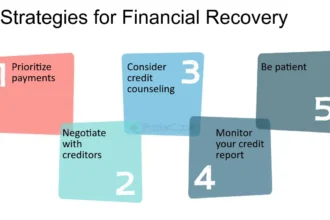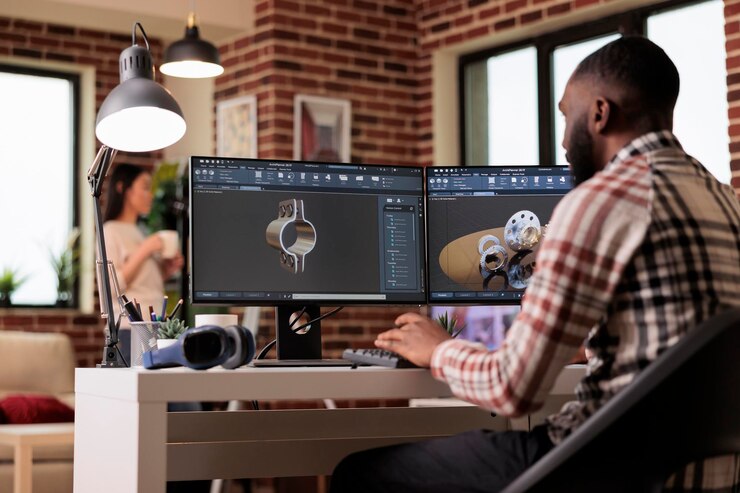VTubers, or virtual YouTubers, have become a sensation in the digital entertainment world, captivating audiences with their engaging personalities and interactive performances. The magic behind these digital personas lies in a complex process known as VTuber rigging. This article delves into the fascinating world of VTuber rigging, exploring the techniques, tools, and creativity involved in bringing virtual characters to life.
What is VTuber Rigging?
VTuber rigging refers to the process of creating a digital puppet, or avatar, that can mimic the movements and expressions of a real person in real-time. This involves several stages, including character design, 2D or 3D modeling, and the application of motion capture technology to animate the avatar. The result is a lifelike virtual character that can interact with an audience just like a human streamer.
The Process of VTuber Rigging
1. Character Design
The first step in VTuber rigging is designing the character. This involves conceptualizing the character’s appearance, personality, and backstory. Artists create detailed illustrations that serve as the blueprint for the 2D or 3D model. This stage requires a blend of creativity and technical skill to ensure the character is both appealing and feasible for animation.
2. 2D vs. 3D Modeling
2D Rigging
In 2D rigging, the character is divided into separate layers for different body parts (e.g., head, eyes, mouth, limbs). These layers are then rigged to a skeleton, allowing for movement and animation. Software such as Live2D Cubism is commonly used for this purpose. 2D rigging is popular for its stylized appearance and lower computational requirements.
3D Rigging
3D rigging involves creating a three-dimensional model of the character. This model is then rigged with a skeletal structure, similar to 2D rigging, but with more complex geometry and motion possibilities. Software like Blender, Maya, and Unity are frequently used in this process. 3D rigging offers more realistic movement and depth but requires more computational power and technical expertise.
3. Motion Capture
To animate the rigged character, motion capture technology is employed. This involves capturing the movements of a human performer using cameras and sensors. The captured data is then mapped onto the digital avatar, allowing it to mimic the performer’s movements in real-time. Facial motion capture, often achieved with webcams or specialized equipment, is crucial for replicating expressions and lip-syncing.
4. Real-Time Animation
Real-time animation is the heart of VTuber performances. The motion capture data drives the character’s movements, enabling it to interact live with an audience. VTubers can stream games, chat with viewers, and perform various activities while their virtual avatars move and react accordingly. This dynamic interaction is key to the appeal of VTubing via vtuber makers.
Tools and Software for VTuber Rigging
Several tools and software are essential for VTuber rigging. Here are some of the most commonly used ones:
- Live2D Cubism: Popular for 2D rigging, allowing artists to create detailed, layered animations.
- Blender: A powerful, open-source 3D modeling and animation software.
- Autodesk Maya: Widely used in the industry for 3D animation and rigging.
- Unity: A versatile game engine that supports both 2D and 3D rigging and animation.
- VSeeFace: A facial motion capture software tailored for VTuber applications.
- FaceRig: Another popular tool for real-time facial animation and streaming.
Challenges in VTuber Rigging
VTuber rigging is a complex and time-consuming process that poses several challenges:
- Technical Complexity: Rigging requires a deep understanding of animation principles, software tools, and motion capture technology.
- Real-Time Performance: Ensuring smooth, real-time animation without lag or glitches is crucial for a seamless viewer experience.
- Creative Consistency: Maintaining the character’s personality and design integrity throughout the rigging and animation process is essential.
The Future of VTuber Rigging
As technology advances, the future of VTuber rigging looks promising. Improvements in motion capture technology, AI-driven animation, and real-time rendering will make VTuber creation more accessible and enhance the quality of virtual performances. Additionally, the growing popularity of VTubers is likely to drive innovation in the tools and techniques used for rigging, opening up new possibilities for creators and performers alike.
Conclusion
VTuber rigging is an intricate blend of art and technology that brings digital characters to life. From the initial character design to the final real-time performance, each step requires a unique set of skills and tools. As the VTuber phenomenon continues to grow, so too will the techniques and technologies that power these captivating virtual personas. Whether you’re an aspiring VTuber or simply a fan, understanding the rigging process offers a deeper appreciation of the magic behind the screen.





